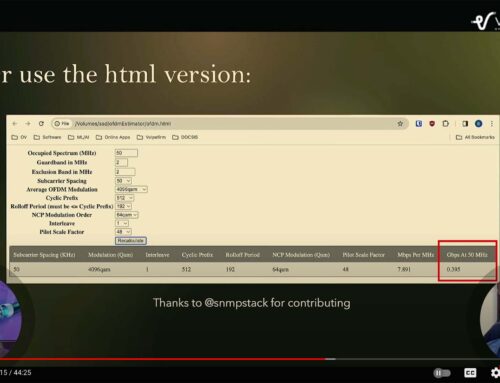It’s a Question You Might Ask Yourself
Proactive network maintenance (PNM) has been steadily growing in acceptance and popularity over the past several years with adoption amongst cable operators from Tier 1 such as Comcast all the way to the smallest Tier 4 operators — both in the U.S. and internationally — as a tool for optimizing their work force and improving subscriber quality of experience (QoE). No longer is it seen as a shiny gimmick or a novelty to detect the poltergeist in the network before it goes bump in the night. It is a go-to network maintenance tool with the added benefits of workforce optimization.
PNM DOCSIS Overview
PNM in Data-Over-Cable Service Interface Specifications (DOCSIS) collects a number of key metrics including equalization data from cable modems, downstream spectrum capture from modems and upstream spectrum capture from the cable modem termination system (CMTS). Along with traditional SNMP metrics, this data is used to identify physical layer impairments often not identifiable with legacy monitoring systems and meters. Two key takeaways with a properly orchestrated PNM system is that it provides visibility into impairments most operators have lacked visibility into, and it provides clear, visible and actionable insights, such as whether the impairment is in the subscriber’s home or in the outside plant. This alone drives key decisions as to which resource to send (and where to send it!) in order to resolve a problem — intelligent problem solving = resource optimization.
Types of Problems Proactively Found
Proactive tools are rapidly seen as must-have tools as the need for nearly every industry to resolve issues before they occur is increasingly under demand. DOCSIS PNM specifically focuses on the physical RF plant. This means coax cable, connectors, and passive and active devices. Everything from the CMTS to the cable modem (CM).
Interestingly, the CMTS and CM are rarely the sources of problems. In fact, systems that use PNM see a rapid decrease in unnecessary modem replacements — the modem was never bad in the first place. The most frequently found problem is typically bad or improperly installed F connectors, such as the one in Figure 1.

Figure 1: F connector not flush with the cable’s dielectric
When connectors are not properly installed, this can create a number of problems:
- Micro-reflections
- Intermittent connections
- Signal ingress
- Signal egress
To finish reading the article please go to Broadband Library





Leave a Reply